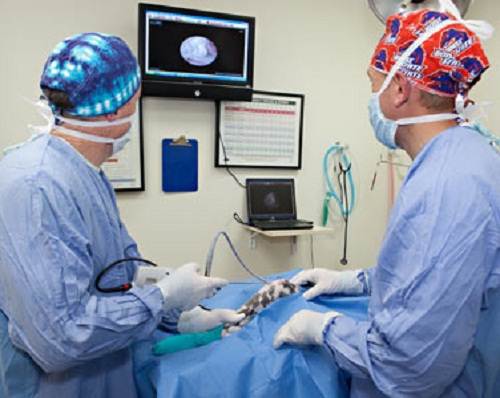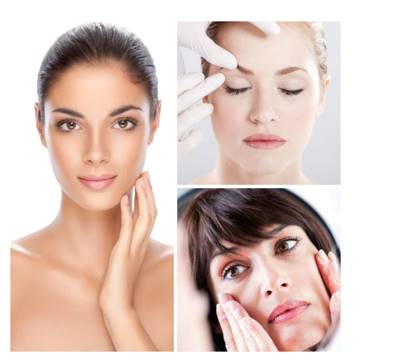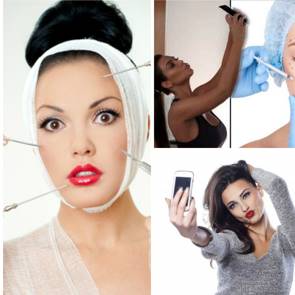
As cosmetic surgeries are gaining in popularity, there has been speculation that certain procedures have serious side effects. For example, there is a study which showed that liposuction destroys fat cells, causing the uneven distribution of fat after a patient puts on weight.
Fortunately, the latest US study revealed the top five safest cosmetic surgeries. Minimally invasive surgeries had less than 1% of adverse events compared to other more complicated procedures. Minor complications, including bruising, swelling, the formation of lumps and skin darkening are possible, but they are minor and transient as the statistics have shown.
Some of the most common non-invasive/minimally invasive procedures are microdermabrasion treatments, dermal fillers, Botox, laser procedures, chemical peels, etc.
According to the above mentioned study published in the journal JAMA Dermatology, the least adverse effects were associated with ultrasound procedures, cryolipolysis procedures, radiofrequency energy procedures, neurotoxin procedures and intense pulsed-light procedures.

Ultrasound procedures
Ultrasound procedures for skin tightening can be used on the face, neck, under the chin and on the décolletage. It is a non-invasive treatment using the sound energy and it targets deep skin layers boosting the collagen production. The procedure takes 30-90 minutes.
There is no downtime.
The ultrasound treatment cannot replace a face lift, but it is a great alternative for removing early signs of aging and for extending the effects of cosmetic surgery.
Cryolipolysis procedures
Cryolipolysis is a non-invasive fat-freezing technique, which destroys fat cells. Unlike other procedures, cryolipolysis targets the right fat cells not damaging the surrounding tissue.
In this treatment, the cooling of the fat cells causes the natural death of the cells. Lipids in fat can be cooled at warmer temperatures than water in the surrounding cells, so other tissue is not damaged. The death of the fat cells by cooling triggers the inflammatory reaction of other cells, which, in the course of a few months, digest the fat cells. Lipids from the fat cells are processed and eliminated in the same way as the fat from the food is.

Radiofrequency energy procedures
Another non-surgical rejuvenation procedure, a radiofrequency energy treatment tightens the skin. Good candidates for this treatment are people in their 30s to 50s, who have the early signs of skin sagging. The common treated areas include the forehead, under the eyes, cheeks, mid-face, jaw line, and neck.
The deeper layers of the skin are heated, the collagen production increases and skin tightening occurs. Usually, more than one treatment is needed.
The downtime is minimal, you may continue normal activities after the treatment, but applying certain lotions and creams is necessary after the procedure.
Neurotoxin procedures
The neurotoxin procedure, better known as Botulinum toxin type A is the most popular cosmetic procedure. This injectable neurotoxin targets crow’s feet, frown lines, lip lines, the lines on the chin and in the corners of the mouth and neck.
When Botulinum toxin type A is injected, it blocks the signal from the nerves to the muscles, the muscles cannot contract resulting in relaxing and softening of the wrinkles.
The main types of injections include Botox, Dysport, and Xeomin and they are differentiated whether and how much of the accompanying protein is included.
The treatment lasts a few minutes and it takes 3 to 7 days to see the results.
Intense pulsed-light procedures
Compared to other treatments mentioned in the article, intense pulsed-light therapy is used for the improving of not only wrinkles and facial lines, but of spider angiomas, port wine stains, broken facial veins, rosy cheeks, rosacea, red thread veins of the leg, freckles, age marks and for the removal of the unwanted hair.
The light energy targets the cells, heats them up and destroys them. Unlike a laser procedure, the light energy in this case delivers more than one wavelength.
There is no downtime.
Finally, every cosmetic procedure carries the risk if the physician is not qualified and well-trained. It is imperative to opt for a professional and experienced dermatologist.

Leave a Reply